The interior courtyard of the former Cuyahoga County Juvenile Courthouse and Detention Center on East 22nd Street, between Cedar and Central avenues. The county is soliciting proposals from potential buyers on how the 91-year-old complex could be repurposed through renovation or full/partial demolition (Architectural Afterlife).
Courthouse site, E. 22nd bridge project can reconnect Central, Downtown
Cuyahoga County officials are once again soliciting proposals for the vacant Juvenile Courthouse and Detention Center, 2210 Cedar Ave. This time, the action may be a savior or a deathknell for the architecturally beautiful but neglected complex on the east side of downtown Cleveland.
Specifically, the county’s Department of Public Works issued a notice about the request for proposals (RFP) last week for the disposition of four aging buildings and a 1.26-acre parking lot. The buildings feature the original juvenile courthouse that was built in 1931 and renovated in the 1980s that removed many interior historical elements. The detention center was added in 1964 to the east side of the 3.12-acre property, bounded by East 22nd Street plus Cedar and Central avenues.
In total, the four buildings measure 166,750 square feet. The center’s parking lot is a half-block away, across Cedar, next to an exit ramp leading from Interstate 90 to Carnegie Avenue that will be removed in the coming years. The juvenile courthouse and detention center has been vacant since 2011 after newer juvenile justice center facilities were built on Quincy Avenue and East 93rd Street.
Reecella Diggs of the county’s Office of Procurement & Diversity sent the RFP notice to multiple real estate brokerages and developers like Weston Group, Goldberg Companies, K&D Group, Graystone Properties, Premier Development Partners and the Roy Group. It was also sent to the Sisters of Charity of Health System, Cuyahoga Metropolitan Housing Authority (CHMA), Eliza Jennings aging services, MetroHealth System, University Hospitals, Cleveland Clinic, Cuyahoga Community College, Hospice of the Western Reserve and others, according to a copy of the e-mail forwarded to NEOtrans.
The 1931-built Cuyahoga County Juvenile Courthouse faces toward downtown and East 22nd Street. But it and the Central Neighborhood were separated from downtown by the Inner Belt highway, built in the 1950s. A new East 22nd bridge with a green cap over the highway plus a redeveloped juvenile center could help reconnect these areas (Google).
The notice asks e-mail recipients to contact the county’s Department of Purchasing. They should request a copy of the RFP and to be placed on the official plan holders’ list. A pre-proposal conference is scheduled via telephone at 10 a.m. Feb. 24. As in the past, proposals will be evaluated based on the proposed use, parties involved and potential financing. Proposals must be submitted to the county by April 5.
The county has repeatedly tried to sell the juvenile court and detention center either through an RFP, as part of mass offerings of surplus properties, or by giving the Campus District Inc. a shot at finding a new user. There were interested parties each time, but none could make a redevelopment project work financially.
Mark Lammon, executive director at Campus District Inc., a community development corporation, said the juvenile center — or least its cleared property — has some things going for it now that weren’t part of the picture in past years. The juvenile courthouse is a locally designated landmark but is not on the National Register of Historic Places.
New opportunities include the upcoming rebuilding of the I-90 trench with a new East 22nd bridge and a realignment of Cedar through the north side of the juvenile center property. A redesigned East 22nd bridge with a partial cap over the busy highway along with some public art would reduce noise, restore a front yard for the former juvenile center while addressing “infrastructural racism.” Lammon said the highway created a physical barrier between the Central Neighborhood, Cleveland’s oldest African-American community, from downtown.
In 2023, the Inner Belt portion of Interstate 90 through the Central Interchange with I-77 will undergo a three-year, $160 million rebuilding including new bridges for East 22nd Street and Carnegie Avenue as well as redesigned roadways in the area. That includes a realigned Cedar Avenue past the old juvenile center (ODOT).
And, CMHA is gradually demolishing sections of the neighboring Cedar Estates, one of the oldest public housing complexes in the country, to replace it with modern, mixed-income homes. All of those things, combined with a redeveloped juvenile center site, would restore a more seamless transition between Central and downtown and improve the pedestrian experience in that transition area, Lammon said.
“Campus District views the East 22nd Street bridge and the surrounding parcels, including the former Juvenile Court building, as the focal point of linking the east-side neighborhoods into downtown,” Lammon said. “We welcome any adaptive reuse or new use of the site.”
Improvements of I-90 by the Ohio Department of Transportation (ODOT) through the Central Interchange — where Interstate 77 ends at I-90 — are fully funded and due to start in late 2023. Final design is occurring between now and then. This $160 million project will include new East 22nd and Carnegie Avenue bridges over I-90. Construction work will take about three years, according to ODOT.
A potential suitor for the old juvenile center is the St. Vincent Charity Health Campus and the hospital’s parent corporation, the Sisters of Charity Health System. In 2014, the Sisters of Charity made several offers to the county to acquire the juvenile center at prices ranging from $1 to $10. But the hospital had no plans for the property. So the county held out for more money and for suitors with definitive plans. But the number of patient visits was increasing before the pandemic due to a growing population in downtown Cleveland and immediately surrounding neighborhoods.
Last fall, the health system began a campus master-planning process. It hired MASS Design Group of Boston to be its consultant on the St. Vincent Charity Health Campus development plan. The Sisters of Charity and MASS Design said they have the philosophy that the St. Vincent Charity Health Campus should be designed to advance human dignity and promote health.
Since fall, MASS Design and the health system reached out to the community for input and to learn what needs they have and how to meet those needs. MASS Design connected with potential project partners, local businesses and anchor institutions, community leaders and others to identify opportunities to address the community-identified needs, said Janice Murphy, president & CEO of the Sisters of Charity Health System.
“The research and discovery phase and the development of potential ideas for the St. Vincent Charity Health Campus will continue through spring 2022,” Murphy said in an e-mail to NEOtrans. “Currently, it would be premature to determine any potential future needs for additional spaces beyond those owned by the Sisters of Charity Health System and our ministries. However, we care deeply about supporting positive opportunities for our neighbors and institutions in and around Central Neighborhood.”
The hospital has been in the Central Neighborhood since 1851. Since then, the Sisters of Charity have evolved their healing ministry to adapt to the changing and unmet needs of the community, and the development of the St. Vincent Charity Health Campus is one more expression of their mission to serve the most vulnerable.
Past plans for the juvenile center included a charter school, mixed-use housing and more. But each time the project proved too complicated or too expensive even after historic tax credits were considered. Former Campus District Executive Director Bobbi Reichtell said the building suffers from a lack of parking, buildings being too narrow for apartments, the 1980s remodeling having removed many attractive historical features, and needing up to $1 million for asbestos abatement. She said the juvenile center needs to be partially or fully demolished.
Campus District’s for-profit arm East 22 Redevelopment LLC leased the juvenile center in 2014 for two years at $1 per year. It found an end-user for the site — the SEED Foundation and the Cleveland Metropolitan Schools that would support Ohio’s first public boarding school at the site. But the school district pulled out of the deal at the last minute. Campus District terminated its lease before the third year started as the annual rent would have risen to $1 million.
END


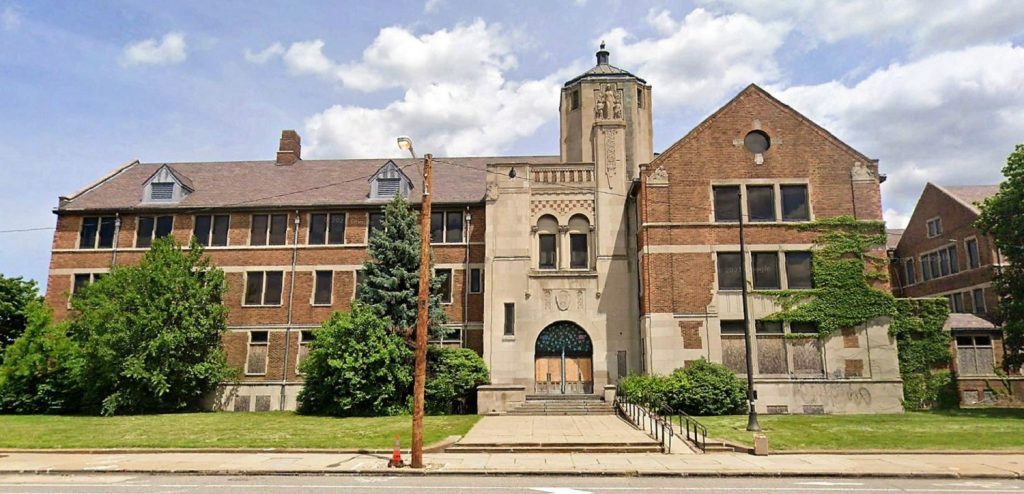
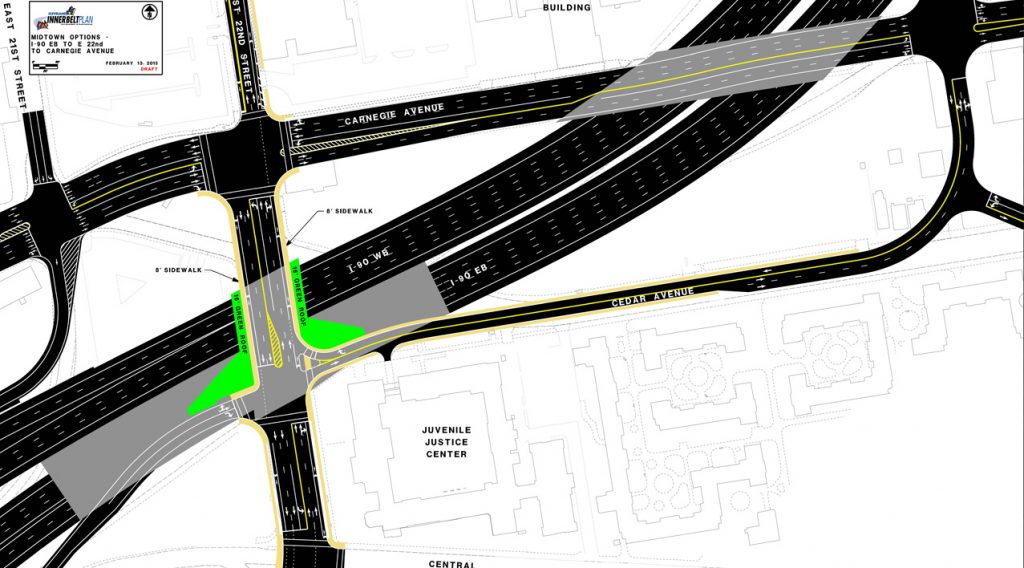
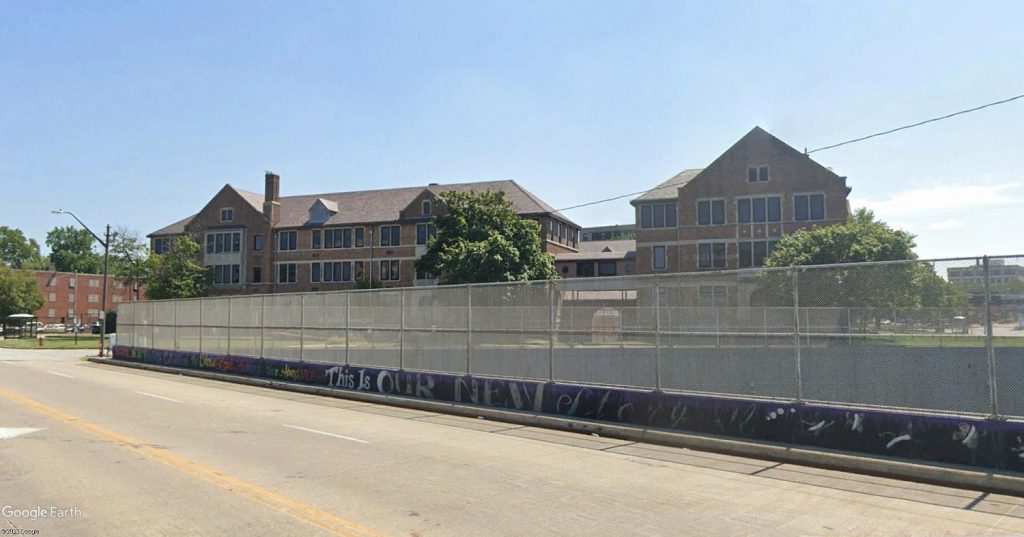







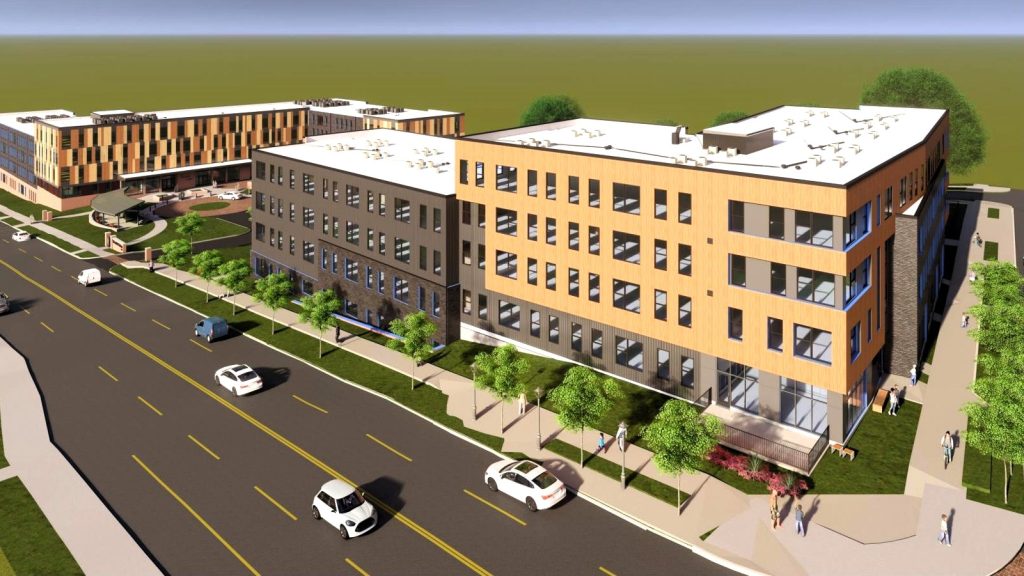
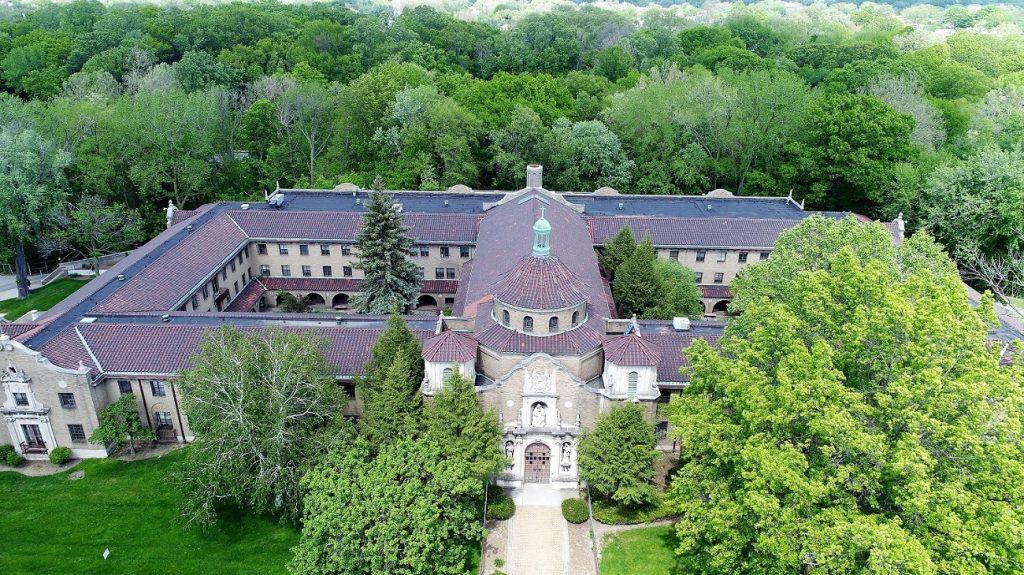
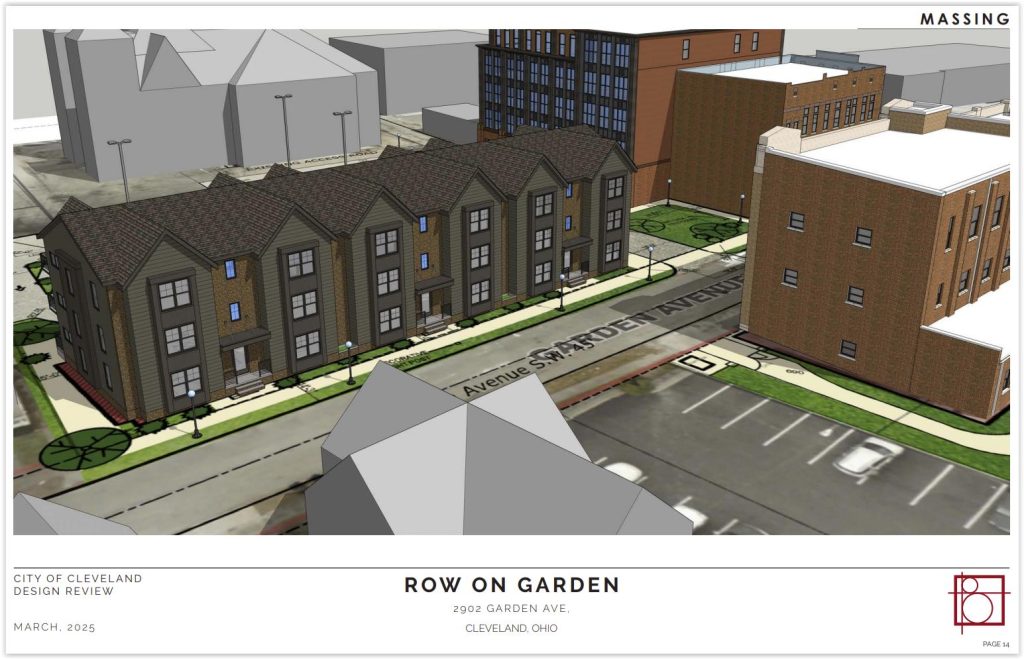
Comments are closed.